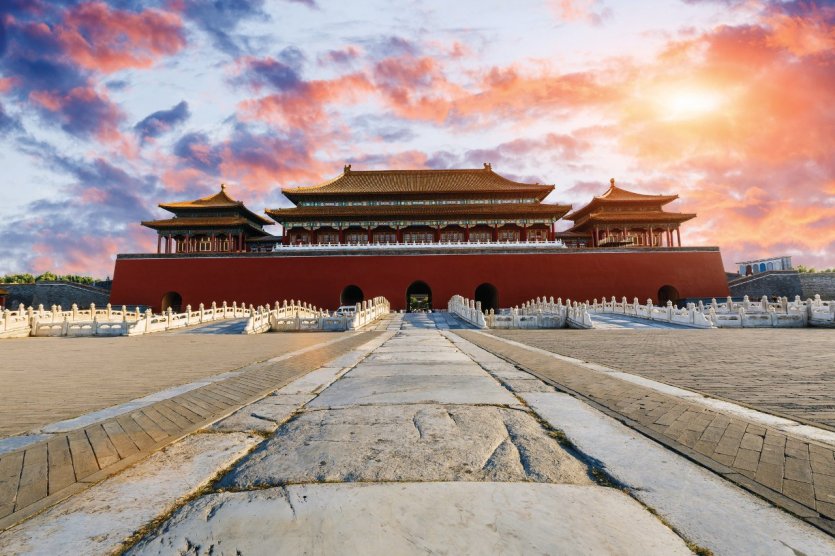
Travelling to China means accepting to lose your bearings, to cover your tracks. From ultra-modern megacities like Shanghai to millennial treasures like the Great Wall, the Middle Kingdom has many surprises in store. This gigantic country is a palette of traditions, populations and landscapes all different. It would take years to find out... To help you, Petit Futé offers you its ten essentials for a trip to China.
Canton, megalopolis of the South
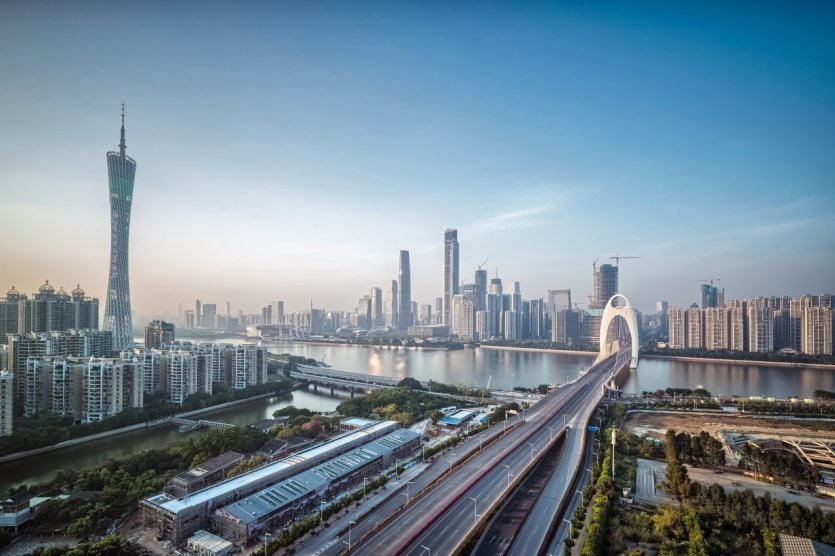
Canton is more discreet than its cousins Beijing and Shanghai, and is also an urban monster. It is one of the oldest urban areas in China: more than 2,000 years ago, its port was the main gateway to the country. But if we know Canton it is obviously for its tasty cuisine that has been exported to the West. Here, we nibble from morning to night and ask for more!
Macau, temple of the game
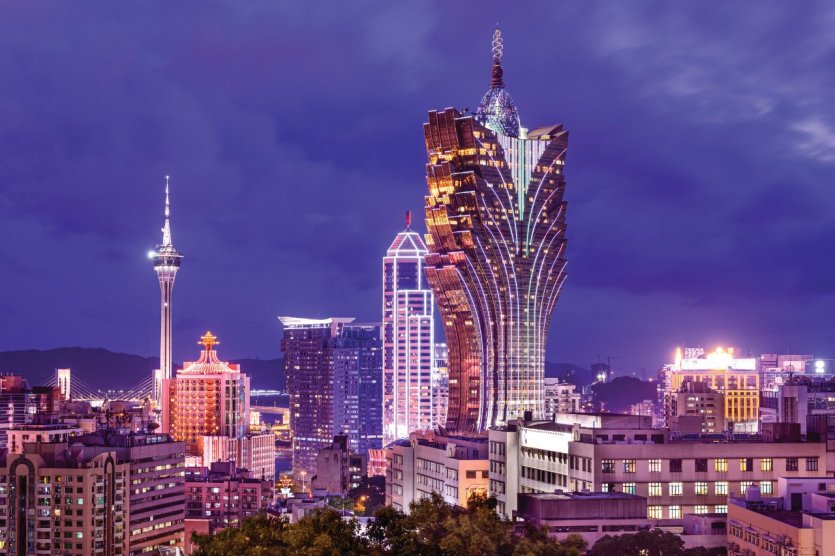
A Portuguese colony until 1999, Macao still retains many clues to its close past: the Latin charm of its small cobbled streets and baroque churches alongside Chinese temples. However, it has been able to look to the future, as shown by its rapid economic growth thanks to the many palaces and casinos. Here, the hell of the game takes us and the old European colony suddenly turns into a small Las Vegas. Macao will never cease to surprise us....
Hong Kong, the dynamic
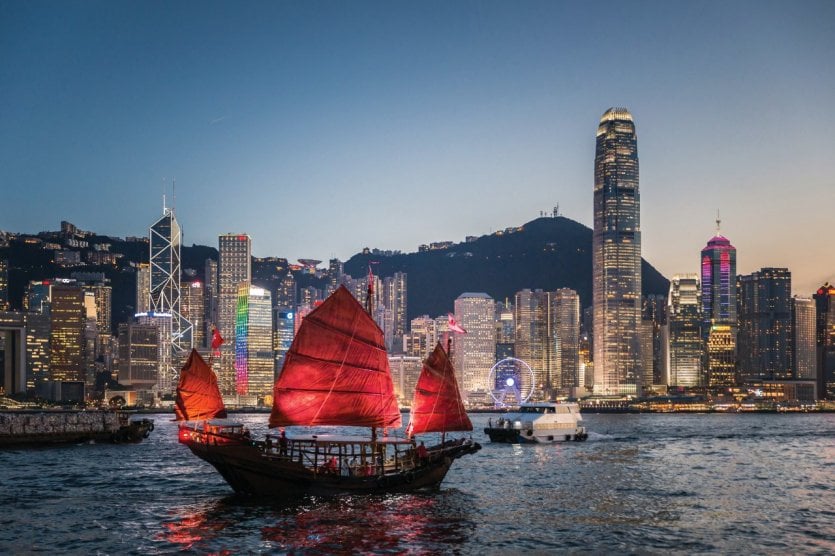
Lovers of shopping, business or avant-garde all find themselves in Hong Kong, the Asian Manhattan. This small piece of land is home to nearly 7 million inhabitants, between demented towers and typical pagodas. Hong Kong, China's first special administrative region, operates on the "one system, two countries" policy: you are in China, but not really... Far from this dense crowd, you will find calm and serenity in the small islands around. Lantau and its picturesque little villages can be, for example, a beautiful escape.
Dali and his three pagoda
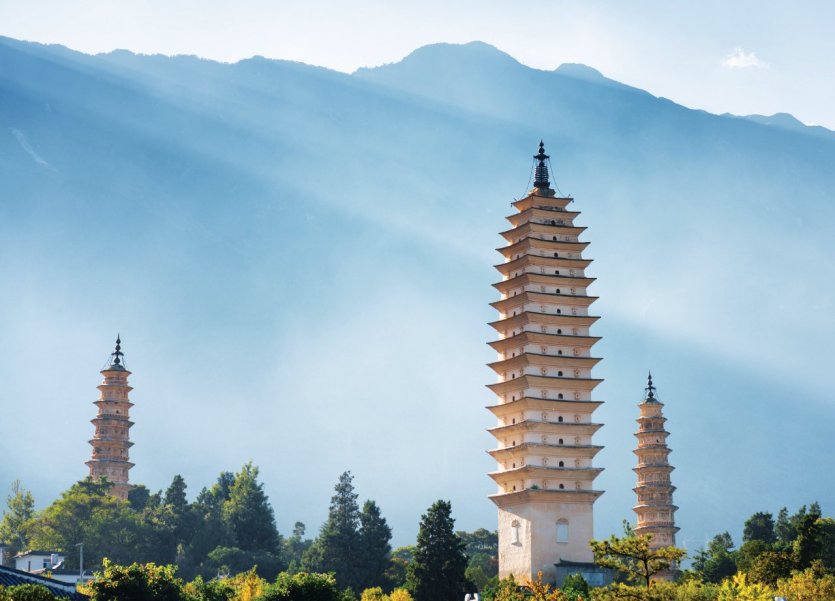
The main city of Yunnan, Dali, is China as the dream. Here everything seems to have frozen over time: the ramparts, medieval doors, low houses and paved streets. In the north-west of the old town, at the foot of the Cangshan mountain, are the three pagoda, one of the most characteristic sites of the country. The central pagoda was erected in 836 and contained 11,400 bronze statues of Buddhas. At night, the illumination of the site is splendid.
Shanghai, New China
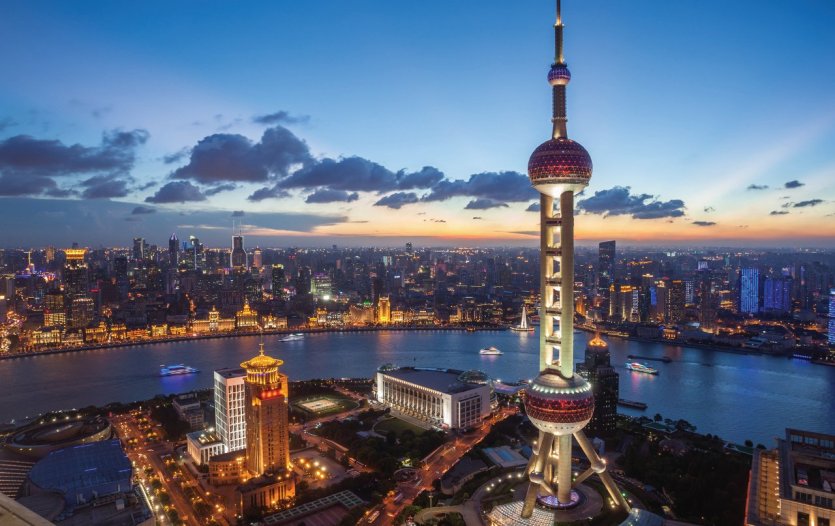
Shanghai is the symbol of Chinese renewal. A cosmopolitan and future-oriented megalopole, it attracts its dynamism and prospects for the future. The art scene is one of the most recognized in the country and this is where the most beautiful museums focus. But if Shanghai fascinates it is also for its contrasts: Buildings, centenary houses and historic vestiges follow and give all its charm to this mysterious city.
Lhasa,' land of the gods'
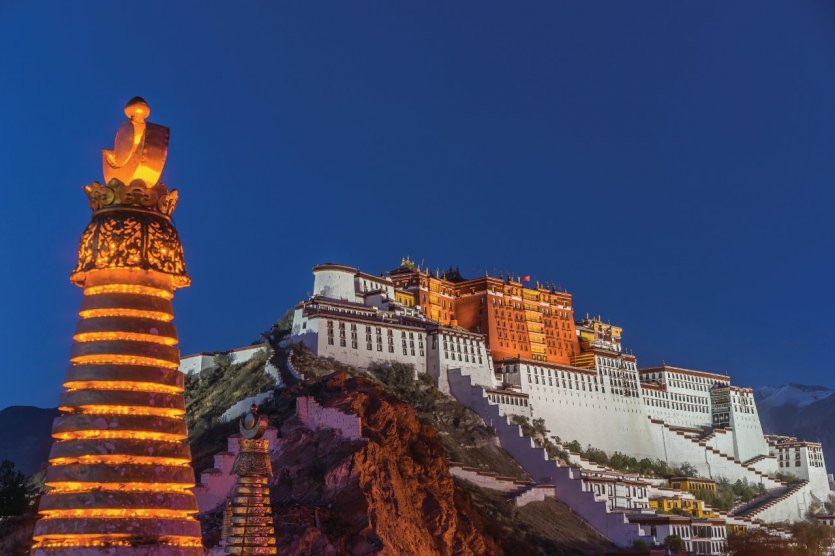
The capital of the province of Tibet, Lhasa has long been banned for foreigners. Today, it is a land of contrasts where China's recent urban planning clearly opposes the traditional Tibetan houses of the dead. A center of Tibetan Buddhism, Lhasa houses many temples and monasteries and above all Potala, the former residence of the Dalai Lama overlooking the city. This is where religious fervor is the most intense.
Yuanyang and his rice terraces
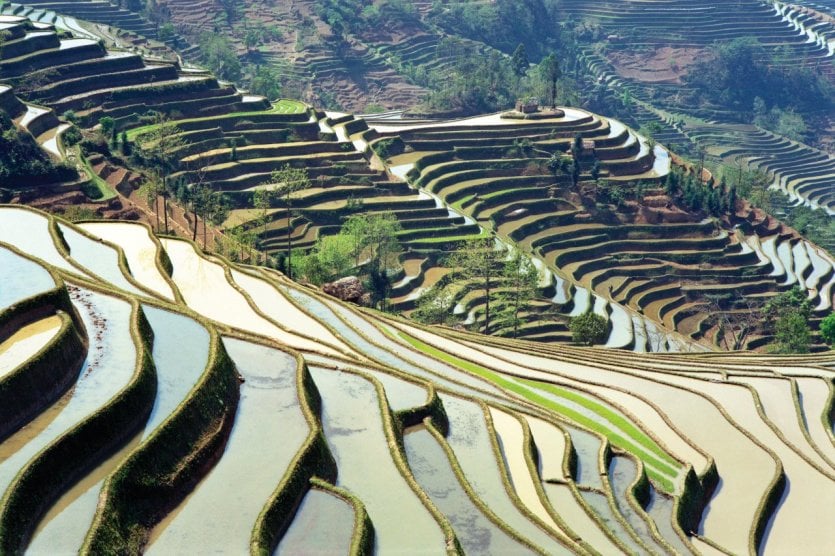
A small quietness in south-west China, Yuangyang owes its reputation to its splendid rice terraces. This landscape excavated in the mountains by the people Hani for centuries is a marvelous wonder of ingenuity: an environmentally friendly irrigation system brings the water from summits to terraces. They are undoubtedly the most beautiful rice fields in China and because of their geographical isolation they are still preserved from mass tourism!
Sichuan Region and Giant Pandas
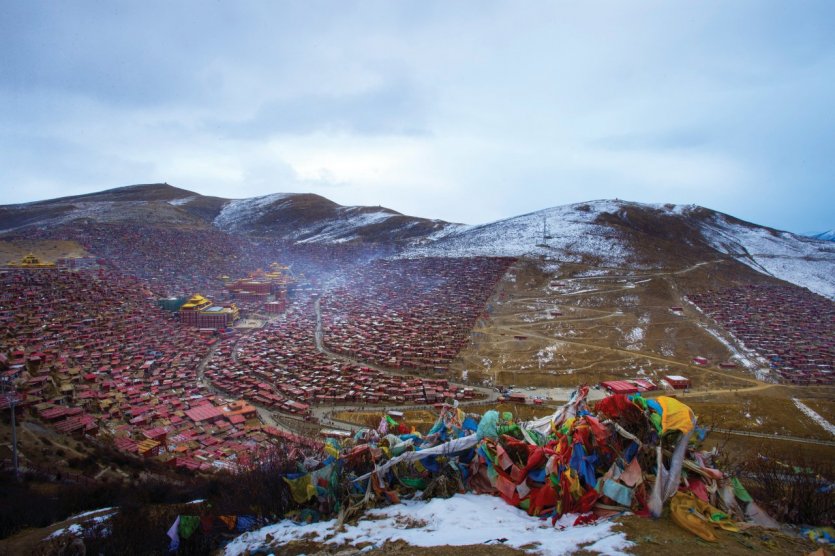
Sichuan has an incredible biodiversity and lush nature. This is the ideal region for discovering China's nature, far from urban chaos. Its bamboo forests, its mountains and especially the Jiuzhaigou nature reserve are natural jewels. But the star of the region is the giant panda! To admire it, direction the Wolong Nature Reserve: This impressive beast will melt you!
The unmistakable Grande Muraille
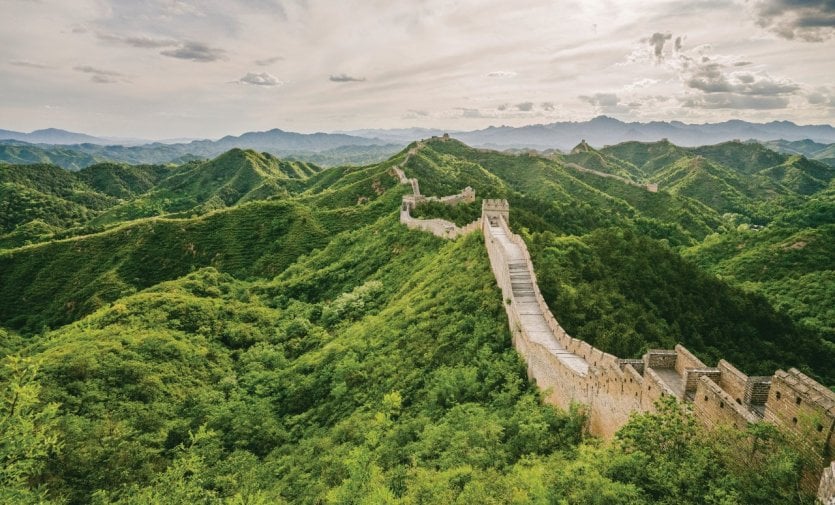
A symbol of China, the Great Wall has been a UNESCO World Heritage Site since 1987. These military fortifications were built between the 3rd century BC and the 18th century. More than 21,000 kilometres long, it is, according to the section: dilapidated, overgrown with lush vegetation, zigzagging in the mountains or even totally reduced to dust. It is ideal for a hike in northern China! Don't forget to check out the section you will choose to explore, we recommend Mutianyu and its great slide!
Beijing and its Forbidden City
Between blatant modernity and a traditional way of life, Beijing is a mysterious capital. To discover it is to immerse yourself in a thousand-year-old history, just like its famous Forbidden City. Today, this palace is one of the largest museums in the world, witnessing the country's imperial golden age. It is the only imperial palace still standing in China! Don't miss the Temple of Heaven, which dates back to the Ming dynasty. Its garden will allow you to take part in the daily life of the Beijing people who come to do their morning tai chi!


